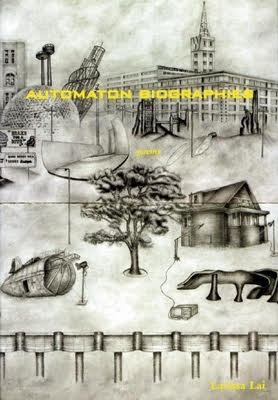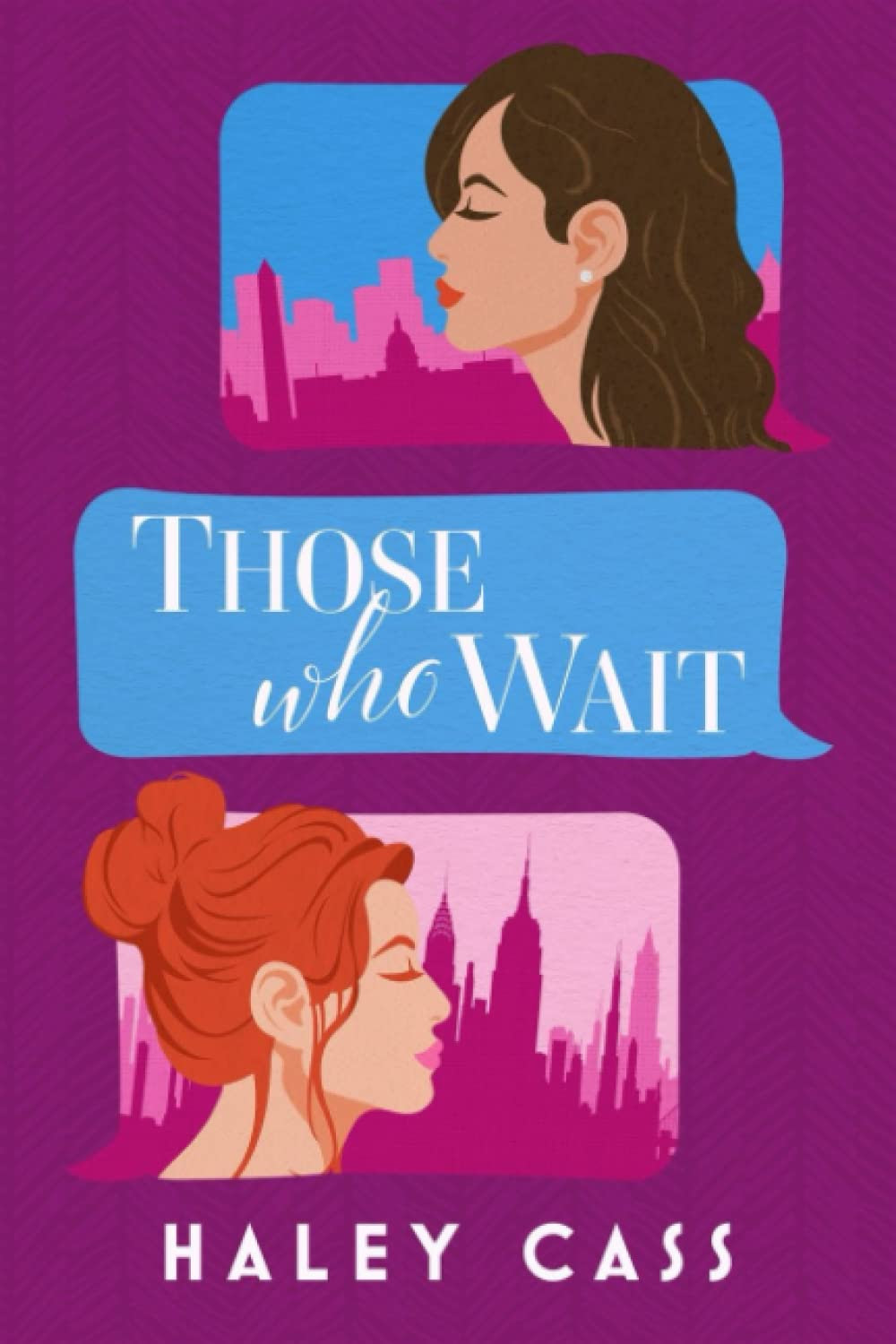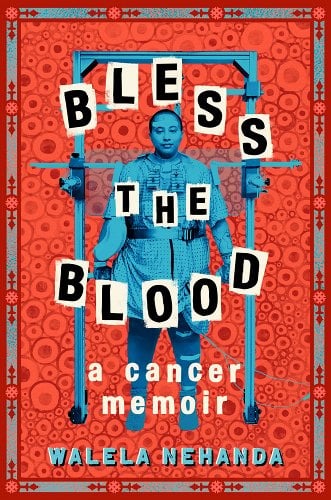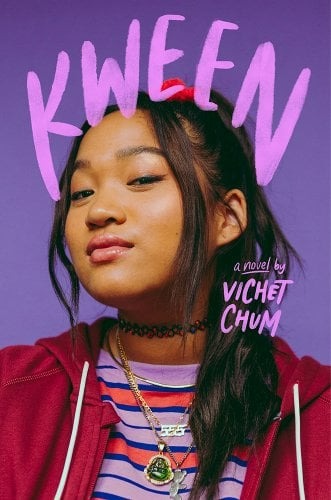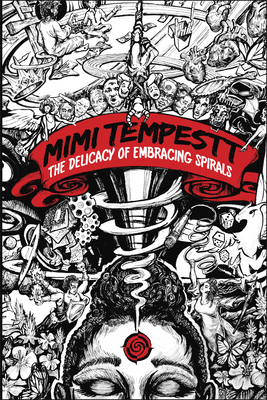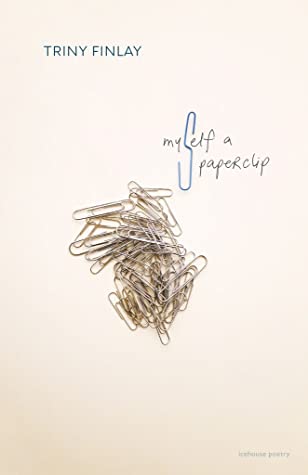It can be easy to feel overwhelmed during trying times, and to feel like you have less time/energy to sit down with a book and really immerse yourself in plot or nonfiction. I’ve personally always turned to poetry during periods like this, and in light of everything going on everywhere, these books have been particularlyRead More
Making The Future Gay: The Five Things I Checked out From the Queer Liberation Library
Recently, a nonprofit in Massachusetts put out an exclusively queer book collection on Libby called the Queer Liberation Library (also known as QLL). Their mission is simple: by providing queer people with diversity-focused literature and resources, QLL is building a future that is undeniably queer. This collection of e-materials is available to anyone with an email address,Read More
A Memoir of Medical Bias—Bless the Blood: A Cancer Memoir by Walela Nehanda
Buy this from Bookshop.org to support local bookstores and the Lesbrary! Bless The Blood: A Cancer Memoir is a striking book that gets under your skin and stays there for days afterward. Though billed as a YA book, the writing and story hold a depth of feeling and insight that will engage far older readers, too.Read More
Scattered Shreds of Sapphic Poetry—If Not, Winter: Fragments of Sappho by Anne Carson
Buy this from Bookshop.org to support local bookstores and the Lesbrary! My girlfriend’s and my 10-year anniversary was this month, and I figured it was well past time we bought our own volume of Sappho. For those who don’t know, Sappho was a poet from the island of Lesbos who lived around the turn ofRead More
A Lesbian Poet Teen Finds Her Voice: Kween by Vichet Chum
Buy this from Bookshop.org to support local bookstores and the Lesbrary! Kween is a character-centric book about Soma Kear, a Cambodian teen whose life in Lowell, MA has been deeply shaken. Soma’s Ba has been deported, her Ma is in Cambodia with him, her Bridezilla sister is in charge… and Soma just wants to make senseRead More
Piercingly Insightful Poetry: The Delicacy of Embracing Spirals by Mimi Tempestt
Bookshop.org Affiliate Link From the epigraph to the end, this book is clear-eyed about its aims and its author’s perspective. Tempestt’s writing draws the reader in as a participant, with mentions of readers, watchers, audiences that are not confrontational, but certainly not abstracted. Reading this collection felt like watching spoken word, or another kind ofRead More
Maggie reviews Queer Little Nightmares edited by David Ly and Daniel Zomparelli
Amazon Affiliate Link | Bookshop.org Affiliate Link Queer Little Nightmares, an anthology edited by David Ly and Daniel Zomparelli is a fun and sometimes terrifying collection of queer horror writing. The Lesbrary was provided with a review copy, and I was more than happy to spend time with this collection. Queer Little Nightmares let writers experiment withRead More
Meagan Kimberly reviews Crossfire: A Litany for Survival by Staceyann Chin
Amazon Affiliate Link | Bookshop.org Affiliate Link I had the privilege to see Staceyann Chin do a live reading at Miami Book Fair a few years ago, which is where and why I picked up this collection. Her performance was electric and captivating, and that strong voice translates well on the page. Every piece isRead More
Rachel reviews The Lost Time Accidents by Síle Englert
Amazon Affiliate Link | Bookshop.org Affiliate Link An incredibly complex and stunning poetic debut, Síle Englert’s collection The Lost Time Accidents (Icehouse Poetry 2021) is a must-read. This collection of poems, divided into three distinct parts, unpacks a number of central themes such as gender, sexuality, objectification, fantasy, reality, motherhood, childhood, and many more. Icehouse writes thatRead More
Rachel reviews Myself a Paperclip by Triny Finlay
Amazon Affiliate Link | Bookshop.org Affiliate Link Incredibly personal, startlingly reflective, and refreshingly inventive, Triny Finlay’s new poetry collection from Icehouse Poetry (an imprint of Gooselane Editions) is an immersive and beautifully crafted account of a Finlay’s struggle and experience with mental illness. Myself a Paperclip oscillates between the thoughts and experiences of the speakerRead More
- 1
- 2
- 3
- …
- 5
- Next Page »
